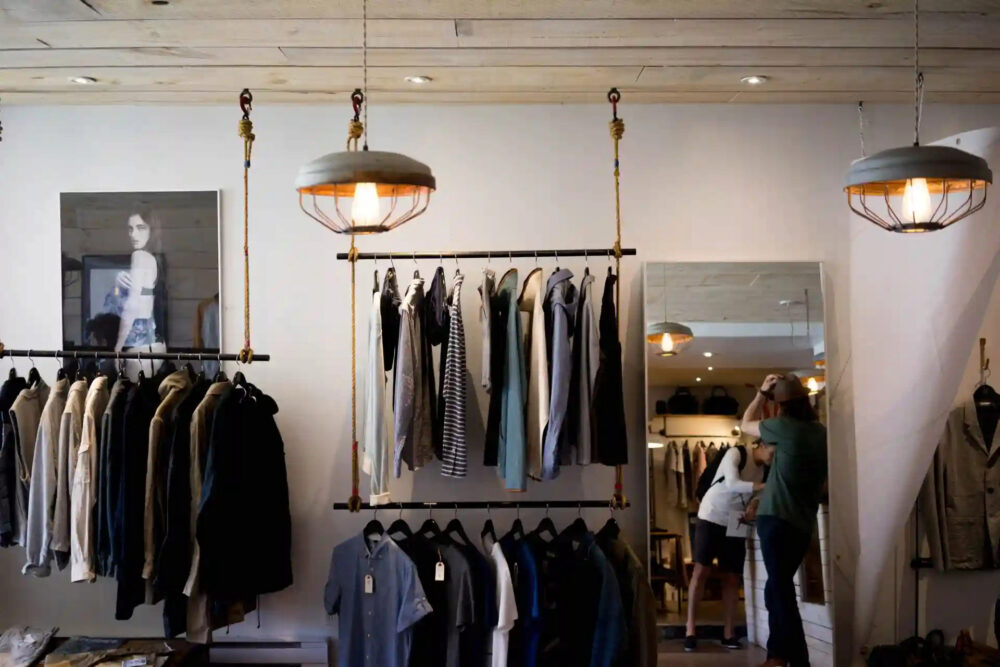Mixing patterns and prints is a bold and exciting way to elevate your style and make a statement with your outfit. When done right, it can create a visually stunning ensemble that showcases your creativity and fashion-forward sensibility. However, it’s important to approach pattern mixing with care to avoid a chaotic or mismatched look. In this guide, we’ll explore the dos and don’ts of mixing patterns and prints to help you master this fashion artistry and create head-turning outfits with confidence.
Do: Start with a Neutral Base
When mixing patterns, it’s essential to have a neutral base to anchor your look. Opt for solid-colored pieces in neutral tones such as black, white, gray, or nude. These neutral pieces will provide a balanced foundation and allow your patterned items to shine without overwhelming the overall outfit. For example, pair a patterned blouse with black trousers or a printed skirt with a white t-shirt. This creates a harmonious blend of patterns without clashing.
Don’t: Overload on Busy Prints
One of the key rules of pattern mixing is to avoid overloading your outfit with too many busy prints. Instead, aim for a mix of bold and subtle patterns that complement each other. For instance, pair a vibrant floral top with striped pants or a polka dot skirt with a subtle, geometric print blouse. This creates a visually interesting and balanced look without overwhelming the eye.
Do: Mix Different Sizes and Scales
To create a visually appealing mix of patterns, experiment with different sizes and scales. Pair a large-scale pattern with a smaller one to create contrast and dimension. For example, pair a chunky striped sweater with a delicate floral skirt or a bold plaid blazer with a microprint blouse. This juxtaposition of patterns adds visual interest and creates a dynamic and well-balanced outfit.
Don’t: Clash Colors
While mixing patterns, it’s important to pay attention to color coordination. Avoid pairing clashing colors that create visual chaos. Instead, opt for complementary or analogous color schemes. Complementary colors are opposite each other on the color wheel, such as blue and orange or yellow and purple. Analogous colors are next to each other on the color wheel, such as blue and green or red and orange. By sticking to these color principles, you can create a harmonious blend of patterns that work together seamlessly.
Do: Use a Common Color
A great way to tie different patterns together is by using a common color. Choose one color that appears in both patterns and incorporate it into your outfit. For example, pair a striped navy and white shirt with a floral skirt that has hints of navy. This creates a cohesive and visually pleasing look that ties the patterns together effortlessly.
Don’t: Forget about Texture
When mixing patterns, don’t forget to consider texture as well. Incorporating textured pieces can add depth and visual interest to your outfit. For example, pair a tweed blazer with a polka dot blouse or a lace skirt with a striped top. The combination of different textures enhances the overall look and adds a touch of sophistication.
Do: Experiment and Have Fun
The most important rule of pattern mixing is to experiment and have fun with your outfits. Fashion is a form of self-expression, and mixing patterns allows you to showcase your unique style and creativity. Don’t be afraid to step out of your comfort zone and try unexpected combinations. Trust your instincts and embrace the artistry of pattern mixing.
Final Thoughts
Mixing patterns and prints can transform your outfits from ordinary to extraordinary. By following these dos and don’ts, you can confidently navigate the world of pattern mixing and create visually stunning ensembles. Remember to start with a neutral base, mix different sizes and scales, coordinate colors, incorporate a common color, consider texture, and most importantly, have fun with your fashion choices. With practice and a bit of experimentation, you’ll become a master of pattern mixing, turning heads wherever you go with your unique and stylish outfits.
